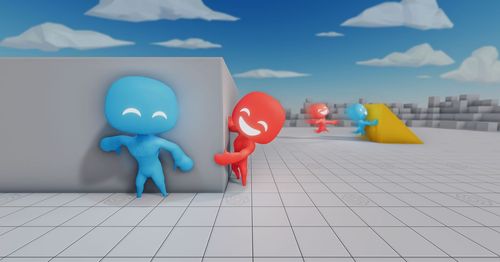
An AI learned to play hide-and-seek. The strategies it came up with on its own were astounding.
link
summary
This article explores recent advancements in artificial intelligence (AI) and its ability to learn and play games like hide-and-seek. It highlights a study carried out by OpenAI, an AI research lab, where they developed an algorithm called "OpenAI Five" to teach virtual agents how to play a simplified version of hide-and-seek. The article discusses the challenges the researchers faced in training the AI agents, such as their tendency to exploit glitches in the game environment. It also touches on the implications of AI agents learning to hide and seek, and the potential applications of such AI advancements in fields like robotics and real-world problem-solving. Overall, the article provides an intriguing insight into the progress of AI and its ability to engage in complex games and tasks.